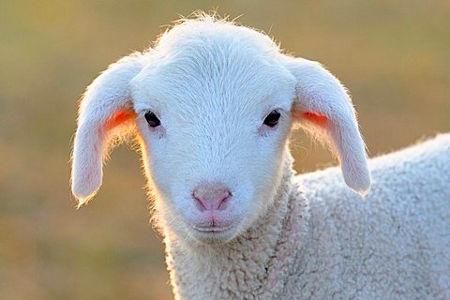Merino Base Layers
Merino wool is common in high-end, performance athletic wear. Typically meant for use in running, hiking, skiing, mountain climbing, cycling, and in other types of outdoor aerobic exercise, these clothes command a premium over synthetic fabrics.
Several properties contribute to merino's popularity for exercise clothing, compared to wool in general and to other types of fabric:
- Merino is excellent at regulating body temperature, especially when worn against the skin. The wool provides some warmth, without overheating the wearer. It draws moisture (sweat) away from the skin, a phenomenon known as wicking.The fabric is slightly moisture repellent (keratin fibers are hydrophobic at one end and hydrophilic at the other), allowing the user to avoid the feeling of wetness.
- Like cotton, wool absorbs water (up to 1/3 its weight), but, unlike cotton, wool retains warmth when wet, thus helping wearers avoid hypothermia after strenuous workouts (climbs) or weather events.
- Like most wools, merino contains lanolin, which has antibacterial properties.
- Merino is one of the softest types of wool available, due to finer fibers and smaller scales.
- Merino has an excellent warmth-to-weight ratio compared to other wools, in part because the smaller fibers have microscopic cortices of dead air, trapping body heat similar to the way a sleeping bag warms its occupant. We use 19.5 micron fibers, and deffernt G/SM (Grams per Square Meter), which you can choose from.
Enjoy!

